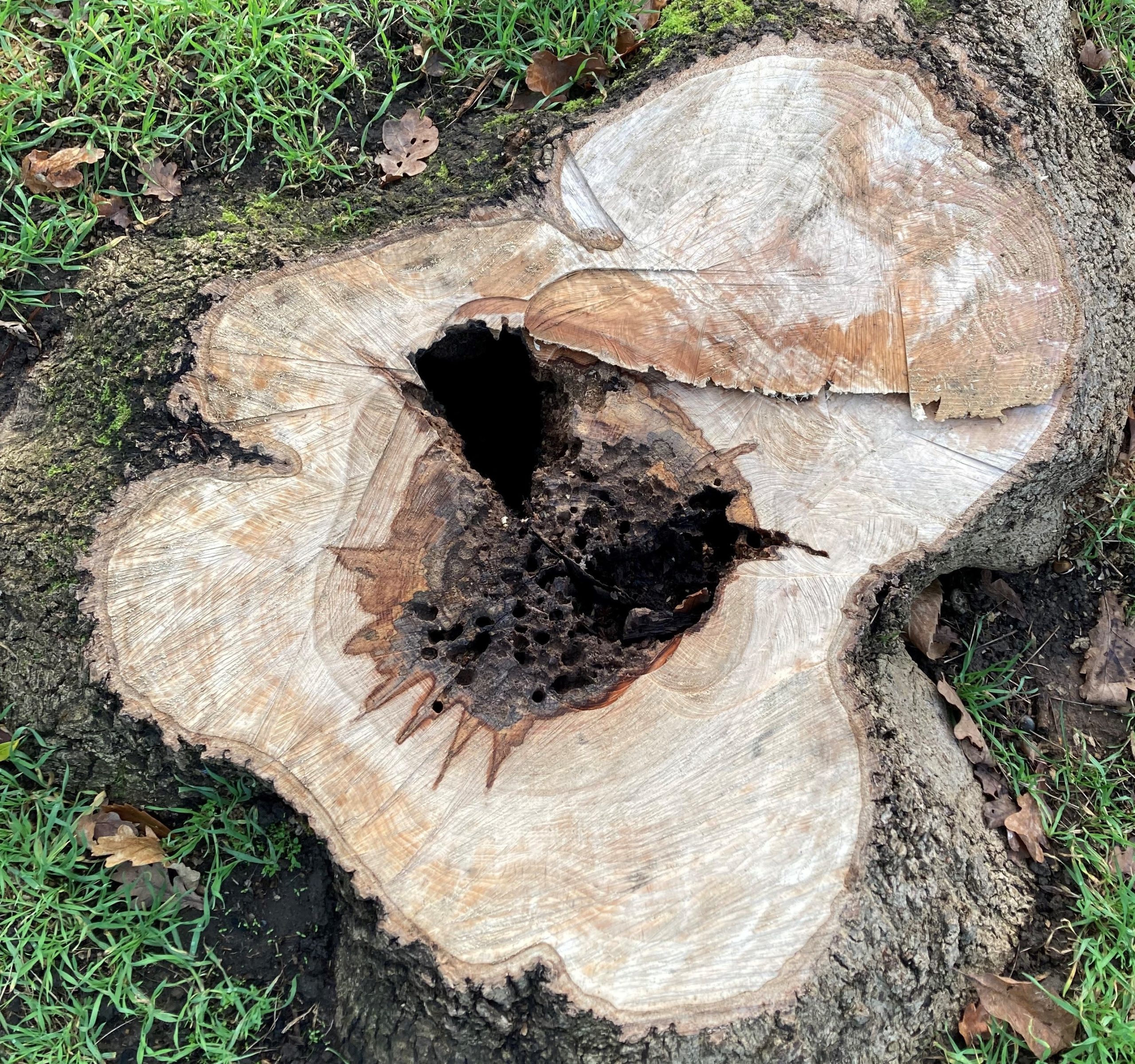In 2020 we published genome assemblies for many species of ash (Fraxinus) from around the world in Nature Ecology and Evolution. These assemblies and read data are available as shown in Table 1 below.
We have since annotated these assemblies, and improved the assemblies of 13 species de novo using using long mate pair libraries. These unpublished assemblies and annotations can be found here:
We have generated transcriptomic data for Fraxinus mandshurica, Fraxinus ornus, Fraxinus quadrangulata and Fraxinus gooddingii. The reads can be found in Bioproject PRJNA934306 on NCBI SRA.
In 2021 we collaborated in the publication of a major new assembly and annotation of Green ash (Fraxinus pennsylvanica) in Molecular Ecology Resources. This chromosome-level assembly can be downloaded here: . Within this paper we also presented new reference-guided scaffolding of the ash species assemblies published previously. See:
and
.
Table 1: Genomes in 2020 paper
| Species | Individual (sequencing code, accession/genotype number) | Reads on ENA | NCBI Assembly |
| Fraxinus albicans | FRAX26 1901-4706 | Project: PRJEB20151 | GCA_903798335.1 |
| Fraxinus americana | FRAX14 am-6 B | Project: PRJEB20151 | GCA_903798225.1 |
| Fraxinus angustifolia subsp. angustifolia | FRAX01 56.017 | Project: PRJEB20151 | GCA_902829175.1 |
| Fraxinus angustifolia subsp. oxycarpa | FRAX15 31.077 | Project: PRJEB20151 | GCA_903798265.1 |
| Fraxinus angustifolia subsp. syriaca | FRAX16 1982-8111 | Project: PRJEB20151 | GCA_903798275.1 |
| Fraxinus anomala | FRAX27 ano-1 | Project: PRJEB20151 | GCA_903798345.1 |
| Fraxinus apertisquamifera | FRAX02 20071420-L | N/A | Unpublished |
| Fraxinus baroniana | FRAX28 bar-2 | Project: PRJEB20151 | GCA_903798355.1 |
| Fraxinus biltmoreana | FRAX17 5.0463 | N/A | Unpublished |
| Fraxinus chinensis subsp. rhyncophylla | FRAX18 56.0651 | N/A | Unpublished |
| Fraxinus cuspidata | FRAX31 cusp-5 | Project: PRJEB20151 | GCA_903798385.1 |
| Fraxinus dipetala | FRAX04 20080822-G | Project: PRJEB20151 | GCA_902829195.1 |
| Fraxinus floribunda | FRAX32 flor-ins-12 | Project: PRJEB20151 | GCA_903798395.1 |
| Fraxinus gooddingii | FRAX19 2011-1488 | Project: PRJEB20151 | GCA_903798285.1 |
| Fraxinus greggii | FRAX20 greg-1 | Project: PRJEB20151 | GCA_903798315.1 |
| Fraxinus griffithii | FRAX21 2011/18.O-B | Project: PRJEB20151 | GCA_903798305.1 |
| Fraxinus lanuginosa | FRAX22 20071295 G | N/A | Unpublished |
| Fraxinus latifolia | FRAX05 56.0322 | Project: PRJEB20151 | GCA_902829145.1 |
| Fraxinus mandschurica | FRAX06 56.0269 | Project: PRJEB20151 | GCA_903772985.1 |
| Fraxinus nigra | FRAX23 19880480-C | Project: PRJEB20151 | GCA_903798295.1 |
| Fraxinus ornus | FRAX07 32.0221 | Project: PRJEB20151 | GCA_903798235.1 |
| Fraxinus paxiana | FRAX08 56.0587 | Project: PRJEB20151 | GCA_902829205.1 |
| Fraxinus profunda | FRAX24 56.0568 | N/A | Unpublished |
| F. pennsylvanica [was F. caroliniana] | FRAX03 56.0410 | Project: PRJEB20151 | GCA_902829185.1 |
| Fraxinus pennsylvanica | FRAX09 PE_00248 | Project: PRJEB20151 | GCA_903798245.1 |
| Fraxinus pennsylvanica | FRAX10 PE_48 | Project: PRJEB20151 | GCA_902829155.1 |
| Fraxinus platypoda | FRAX33 spa-1 | Project: PRJEB20151 | GCA_903798405.1 |
| Fraxinus quadrangulata | FRAX11 28.0230 | Project: PRJEB20151 | GCA_903798255.1 |
| Fraxinus sieboldiana | FRAX12 32.0516 | Project: PRJEB20151 | GCA_902876705.1 |
| Fraxinus uhdei | FRAX34 uhdei-ponto | N/A | Unpublished |
| Fraxinus velutina | FRAX13 56.0256 | Project: PRJEB20151 | GCA_902837555.1 |
| Fraxinus xanthoxyloides | FRAX25 19841432-C | Project: PRJEB20151 | GCA_903798325.1 |
| Fraxinus sp. 1973-6204 [previously F. bungeana] | FRAX29 1973-6204 | Project: PRJEB20151 | GCA_903798365.1 |
| Fraxinus sp.D2006-0159 [previously chinensis subsp. chinensis] | FRAX30 F-unk-1 | Project: PRJEB20151 | GCA_903798375.1 |
The first assemblies for the world-wide species were funded by Living with Environmental Change: Tree Health and Plant Biosecurity Initiative – Phase 2 Grant, BB/L012162/1 to Richard Buggs, funded jointly by a grant from BBSRC, Defra, ESRC, the Forestry Commission, NERC and the Scottish Government. This project has also received funding from the European Union’s Horizon 2020 research and innovation programme under the Marie Sklodowska-Curie grant agreement No 660003.

